Author Alex Truman works for Rueverte.com, an online spirits and liqueurs retailer specializing in absinthes, bitters and digestifs.
There’s nothing quite like a bitter liqueur. In Europe especially, such liqueurs are often enjoyed as a digestive aid at the end of a big meal. But bitter liqueurs can be employed to great effect in cocktails too, something we’ve seen on drinks menus across the globe.
Common examples include the bitter Italians, Fernet and Campari, as well as the French staple, Amer Picon. But if you’re looking to sample something outside the known pantheon of popular bitter liqueurs, we’ve got a few obscure bottles for you to try. These lesser known examples are worth seeking out.
Vecchio Amaro Del Capo
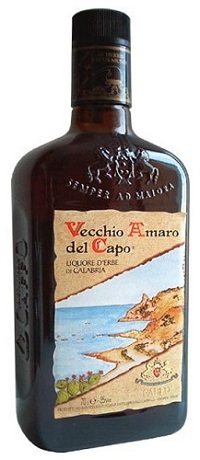 This drink is a symbolic icon of the Caffo distillery in Italy. Vecchio comes from Ponte Vecchio, which is an old bridge in Florence, Italy. Vecchio itself simply means “old” or “old one.”
This drink is a symbolic icon of the Caffo distillery in Italy. Vecchio comes from Ponte Vecchio, which is an old bridge in Florence, Italy. Vecchio itself simply means “old” or “old one.”
Vecchio Amaro Del Capo is made from an old Calabrian recipe that has been passed down through the generations. It makes use of many different ingredients, combining up to 29 varieties of herbs, plants, fruits, flowers and roots.
This recipe yields tastes of orange, liquorice, mandarin, juniper and chamomile. It’s more soothing than overtly bitter, and the best (or perhaps the weirdest) part: the brand recommends consuming this spirit at a temperature of -20°C.
The Calabrian tradition states that Amaro Del Capo should be enjoyed neat, in a small glass, in order to fully experience the herbal characteristics.
Rabarbaro Nardini
 Rabarbaro Nardini is an interesting liqueur that can be consumed both as an aperitif or a digestif, and also has application when crafting cocktails.
Rabarbaro Nardini is an interesting liqueur that can be consumed both as an aperitif or a digestif, and also has application when crafting cocktails.
“Rabarbaro” is the Italian word for rhubarb, which should give you a hint as to its makeup and flavor. It’s made using an infusion of rhubarb rhizomes and caramelized fruit, which provides an intense, pleasant taste, with most of its bitterness coming through on the finish.
This spirit is grounded in history. It’s produced at the Nardini distillery, which is the oldest in Italy. They’ve been cultivating grapes in Bassano del Grappa since 1779, so they’ve learned a thing or two over the years.
You can sip this one with seltzer water and a lemon peel for a delicious aperitif. And at only 19% ABV, it is also easily enjoyed neat as a digestif.
Royal Combier
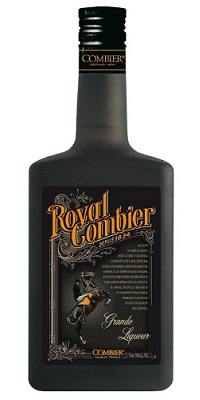 Royal Combier is different from the brand’s original and more ubiquitous orange liqueur. It’s made from a delightful combination of orange liqueur, cognac, VSOP cognac and Elixier Combier, plus a variety of spices like cardamom, cinnamon and saffron.
Royal Combier is different from the brand’s original and more ubiquitous orange liqueur. It’s made from a delightful combination of orange liqueur, cognac, VSOP cognac and Elixier Combier, plus a variety of spices like cardamom, cinnamon and saffron.
It was first produced by Jean-Baptiste Combier in 1920, and it’s earned a following ever since.
The unique taste includes hints of orange and brandy, as well as cardamom and myrrh. At 38% ABV, the drink can be enjoyed neat at room temperature, but a healthy dose in your Champagne is a fine trick, as the orange flavors provide a nice complement to the dry and effervescent bubbly.
For more from Alex, also see:
– Some Unusual Cocktail Bitters to Know About
– Why You Should be Drinking Armagnac
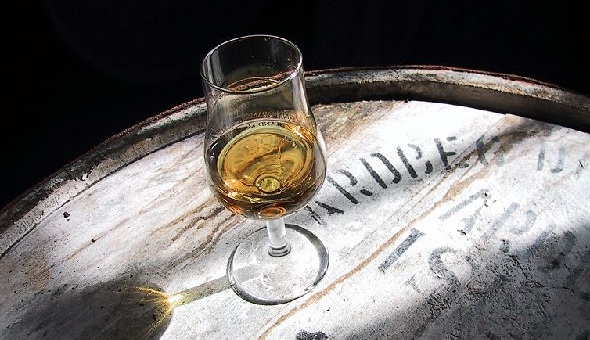
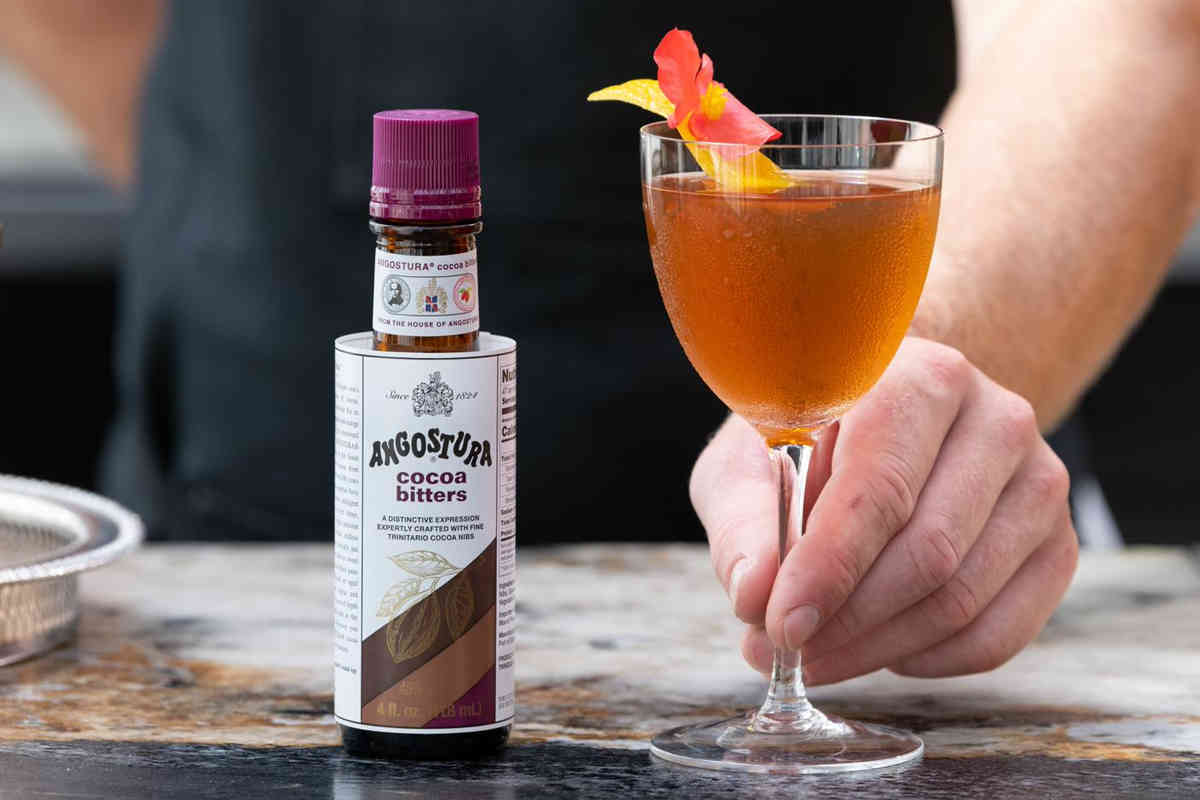
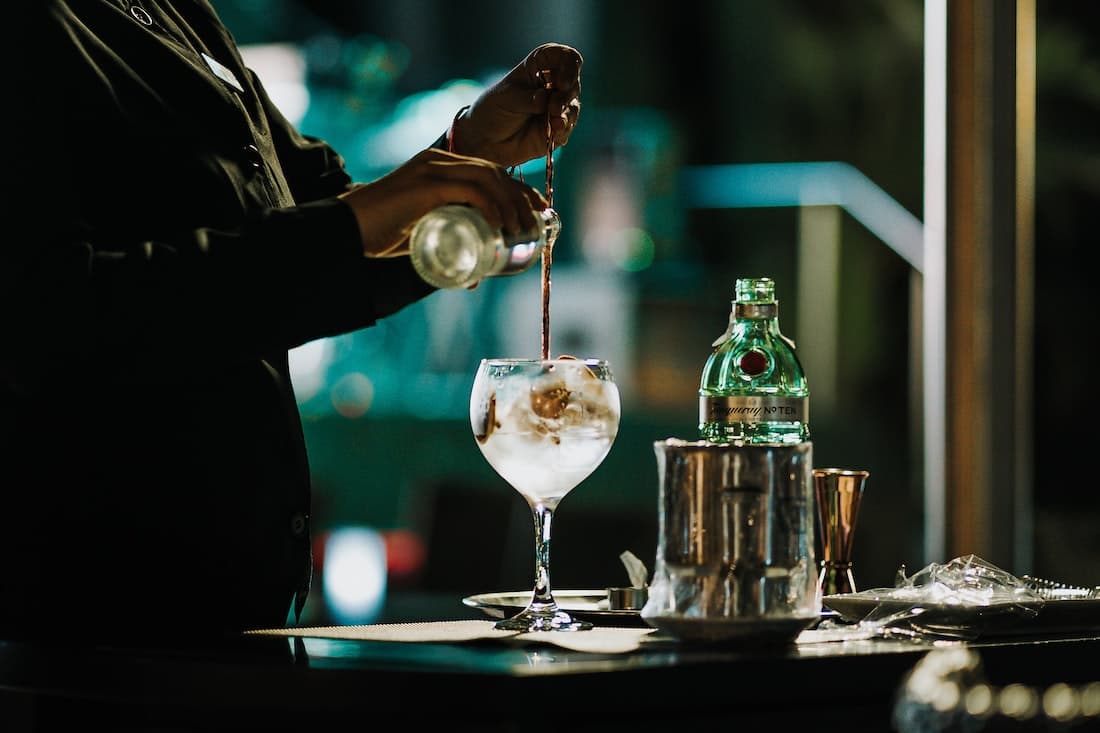
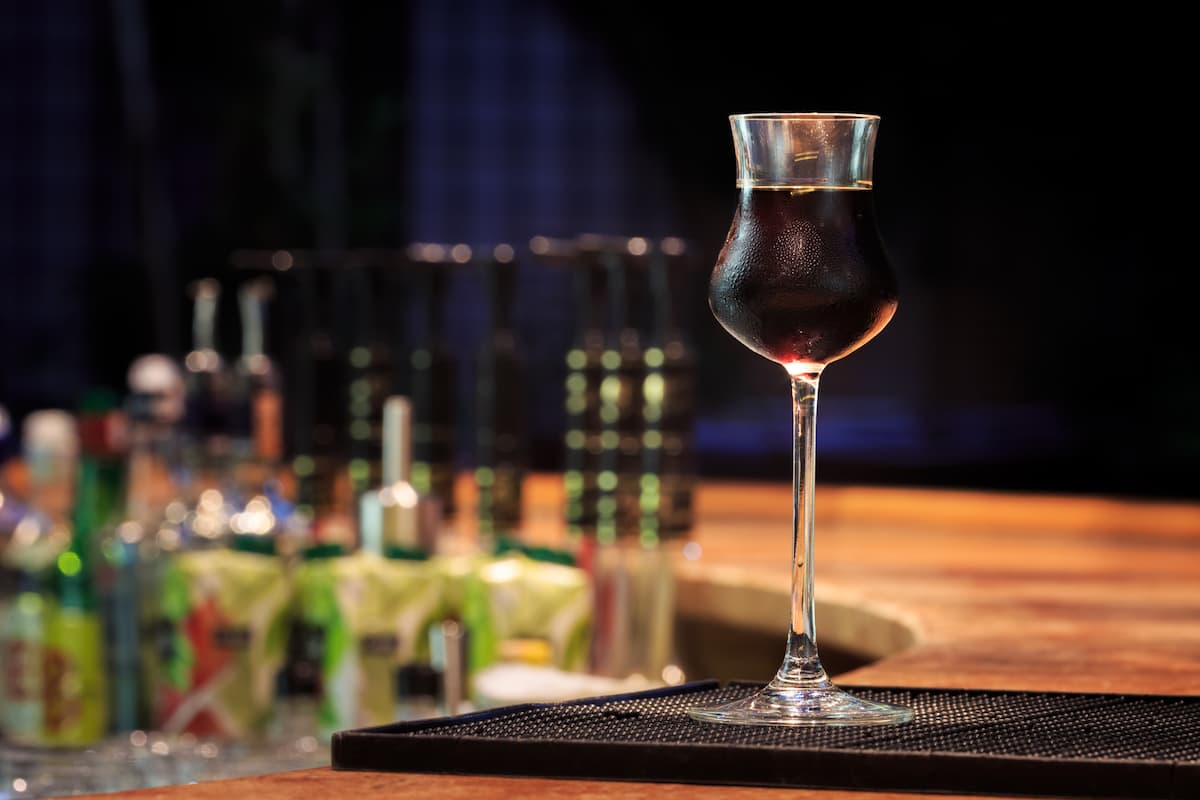
just a correction about Vecchio Amaro del Capo. The world “Vecchio” in the label has nothing to do with Ponte Vecchio in Florence. In fact this product comes from Calabria which is hundred miles away from Florence. It’s just and adjective to stress the fact that it’s still produced according to the old tradition therefore vecchio (old). In Italy the product is just called “Amaro del Capo”